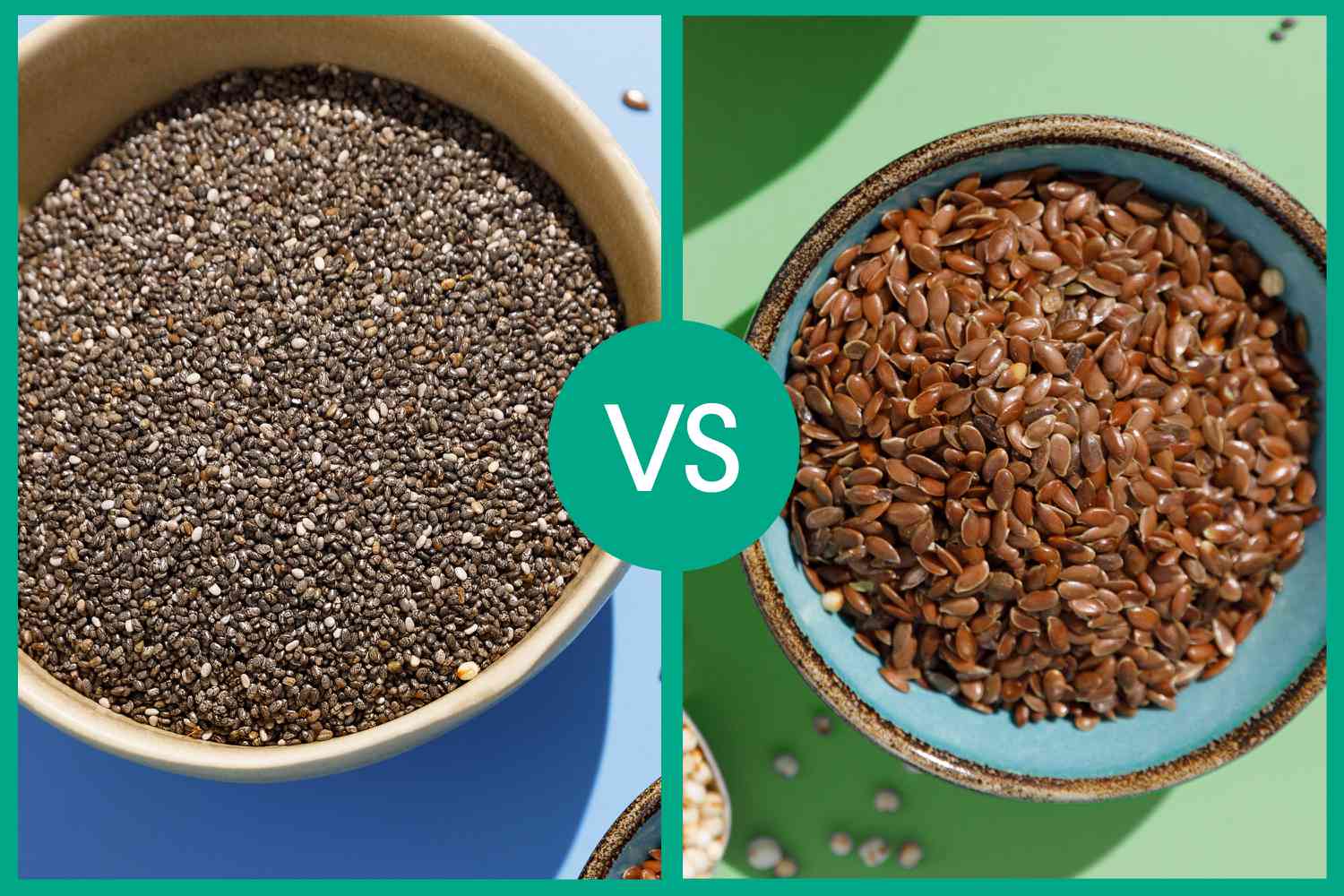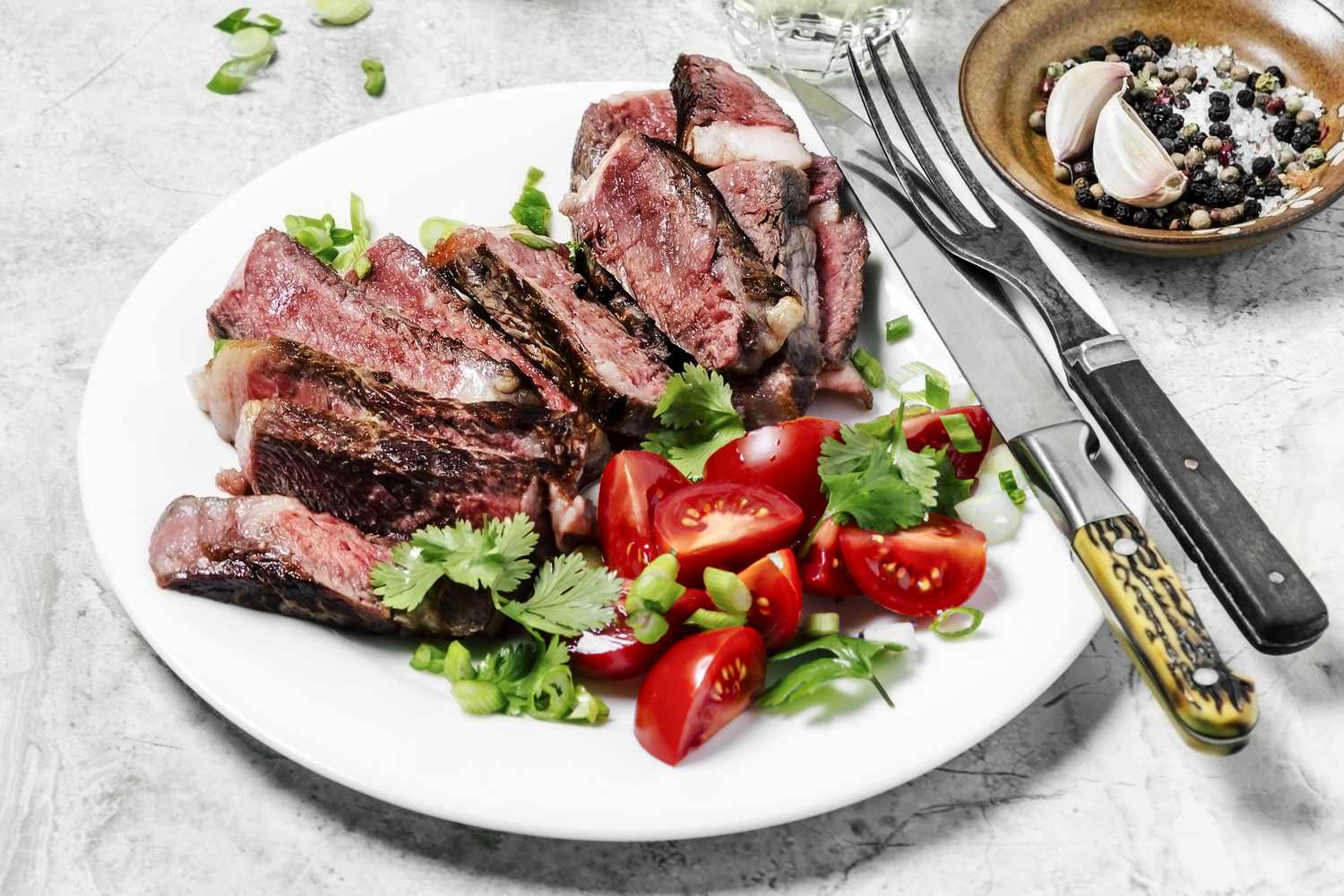
4 Reasons To Save Your Christmas Ham Bone
Saving your holiday ham bone not only means zero-waste, but it is also the magic to enhancing the flavor of many Southern classics. The humble scrap adds a richness and depth of flavor that is otherwise hard to create. It’s truly the hero of any slow-cooked recipe, especially anything with peas and greens. (And don’t worry about getting every piece of meat off the bone before cooking with it—that just means more flavor.)
Ham bones bring a luxurious smoky, salty, and fattiness to anything it’s cooked with. For the most flavorful impact, use it in slow-cooked recipes to allow time for all the good fat and collagen to be released and integrated into the dish. To impart even more flavor, roast your bone before adding it to any liquid. Here are four easy ways—plus recipe ideas—to use your leftover Christmas ham bone before tossing it.
Victor Protasio; Food Stylist: Chelsea Zimmer; Prop Stylist: Julia Bayless
Homemade Stock
The best way to get the most out of your ham bone is to make a homemade stock that can be used in a variety of dishes. Whether you opt to make broth or stock from scratch or improve upon a store-bought one, adding any bone and simmering it for a while promises to enhance the liquid.
How To Make Ham Bone Stock:
- Simply fill a large pot with enough water to submerge the bone.
- Toss in veggies (leftover scraps and peels too) like onion, carrots, celery, leeks, and garlic; plus herbs (thyme, parsley, bay leaves) and peppercorns as desired for aromatics and simmer on low for 3 to 4 hours.
- Once cooled, strain and discard the solids.
Ham stock can be kept in the refrigerator for about a week or in the freezer for months.
Greg Dupree, Food Stylist: Chelsea Zimmer, Prop Stylist: Shell Royster
All The Greens
Just about any pot of simmering leafy winter greens—turnip greens, collards, swiss chard, escarole, kale—will be drastically improved with a ham bone. It infuses so much more flavor that you just don’t get from plain ole broth. Greens soak up the flavor of whatever liquid they are slow cooking in.
Recipe Ideas:
Caitlin Bensel, Food Stylist: Torie Cox
Soups & Stews
Add the bone to any recipe as-is to provide a little extra flavor as your soup simmers, or swap the called-for liquid called with homemade ham stock. While there’s the more traditional recipes like Ham-And-Bean Soup, Capitol Hill Bean Soup, and Classic Hoppin’ John for New Year’s, you can simmer a ham bone with so many more soups that start with a broth base—just remove before blending (if called for) or serving.
Recipe Ideas:
Will Dickey; Food Stylist: Ruth Blackburn
Beans & Peas
The meatiness pairs nicely with many legumes such as white beans, black-eyed peas, navy beans, pintos, and lentils. Swap the bone for recipes that already call for a ham hock, like our Black-Eyed Pea Soup, or add it for extra flavor to almost any bean or pea recipe.
Recipe Ideas:
Are Ham Bones The Same As Ham Hocks?
While a ham hock and ham bone are not the same thing, they can be used interchangeably. They are technically two different parts of the pig, but infuse the same flavor into whatever you’re cooking. Just about any recipe that already calls for a ham hock, smoked bacon, or smoked sausage will equally benefit from a ham bone that serves the same purpose.
How To Save A Ham Bone
If you’re not ready to cook with the secret ingredient quite yet, simply freeze the bone (don’t fret over getting all the meat off) along with any additional scraps. It will last for a few months (ideally no more than three for best flavor results) in an airtight sealed freezer bag. Be sure to fully thaw the bone before adding it to any recipe or stock liquid.










